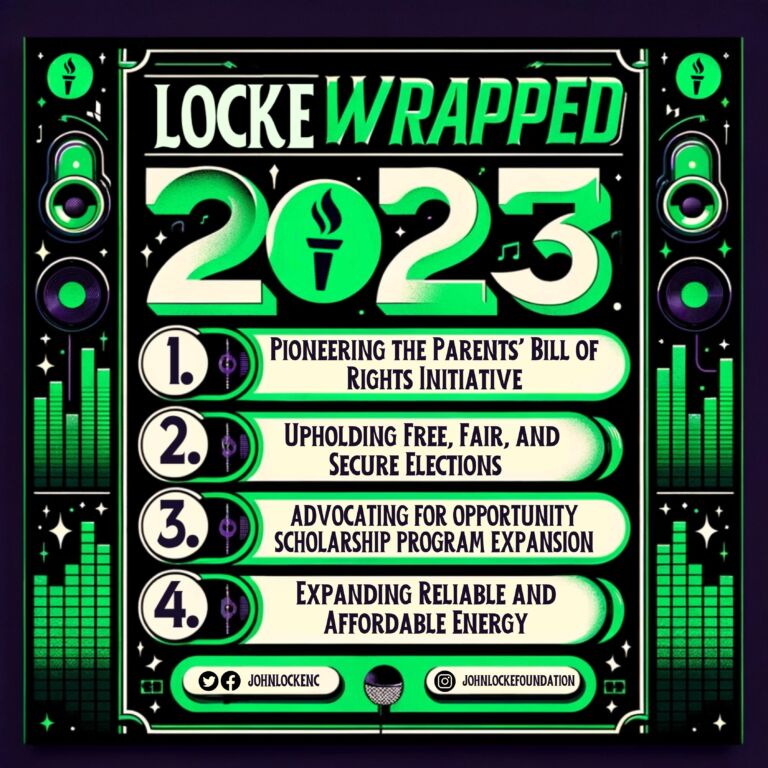Those of you who follow N.C. Education Alliance Fellow Kristen Blair‘s frequent contributions to Carolina Journal are likely to appreciate the latest issue of Hillsdale College’s Imprimis, in which Wall Street Journal children’s book reviewer Meghan Cox Gurdon discusses disturbing trends in the subject matter of books written for a “young adult” audience.
A recent study conducted at Virginia Tech found that college women who read “chick lit”—light novels that deal with the angst of being a modern woman—reported feeling more insecure about themselves and their bodies after reading novels in which the heroines feel insecure about themselves and their bodies. Similarly, federal researchers were puzzled for years by a seeming paradox when it came to educating children about the dangers of drugs and tobacco. There seemed to be a correlation between anti-drug and anti-tobacco programs in elementary and middle schools and subsequent drug and tobacco use at those schools. It turned out that at the same time children were learning that drugs and tobacco were bad, they were taking in the meta-message that adults expected them to use drugs and tobacco.
This is why good taste matters so much when it comes to books for children and young adults. Books tell children what to expect, what life is, what culture is, how we are expected to behave—what the spectrum is. Books don’t just cater to tastes. They form tastes. They create norms—and as the examples above show, the norms young people take away are not necessarily the norms adults intend. This is why I am skeptical of the social utility of so-called “problem novels”—books that have a troubled main character, such as a girl with a father who started raping her when she was a toddler and anonymously provides her with knives when she is a teenager hoping that she will cut herself to death. (This scenario is from Cheryl Rainfield’s 2010 Young Adult novel, Scars, which School Library Journal hailed as “one heck of a good book.”) The argument in favor of such books is that they validate the real and terrible experiences of teenagers who have been abused, addicted, or raped—among other things. The problem is that the very act of detailing these pathologies, not just in one book but in many, normalizes them. And teenagers are all about identifying norms and adhering to them. …
… Ok, you say, but books for kids have always been dark. What about Hansel and Gretel? What about the scene in Beowulf where the monster sneaks into the Danish camp and starts eating people?
Beowulf is admittedly gruesome in parts—and fairy tales are often scary. Yet we approach them at a kind of arm’s length, almost as allegory. In the case of Beowulf, furthermore, children reading it—or having it read to them—are absorbing the rhythms of one of mankind’s great heroic epics, one that explicitly reminds us that our talents come from God and that we act under God’s eye and guidance. Even with the gore, Beowulf won’t make a child callous. It will help to civilize him.
English philosopher Roger Scruton has written at length about what he calls the modern “flight from beauty,” which he sees in every aspect of our contemporary culture. “It is not merely,” he writes, “that artists, directors, musicians and others connected with the arts”—here we might include authors of Young Adult literature—“are in a flight from beauty . . . . There is a desire to spoil beauty . . . . For beauty makes a claim on us; it is a call to renounce our narcisissm and look with reverence on the world.”


